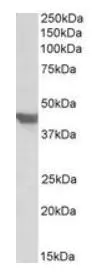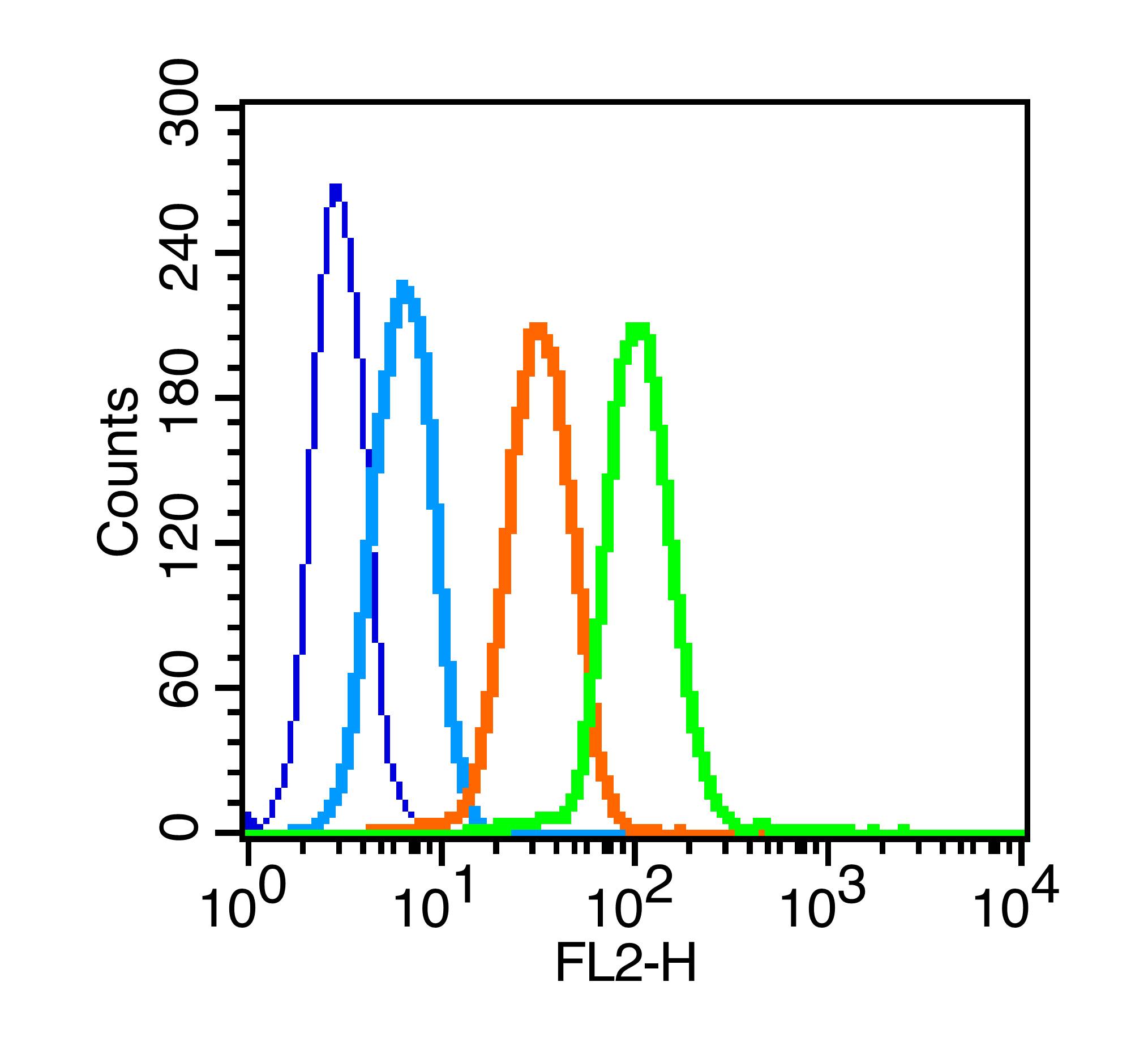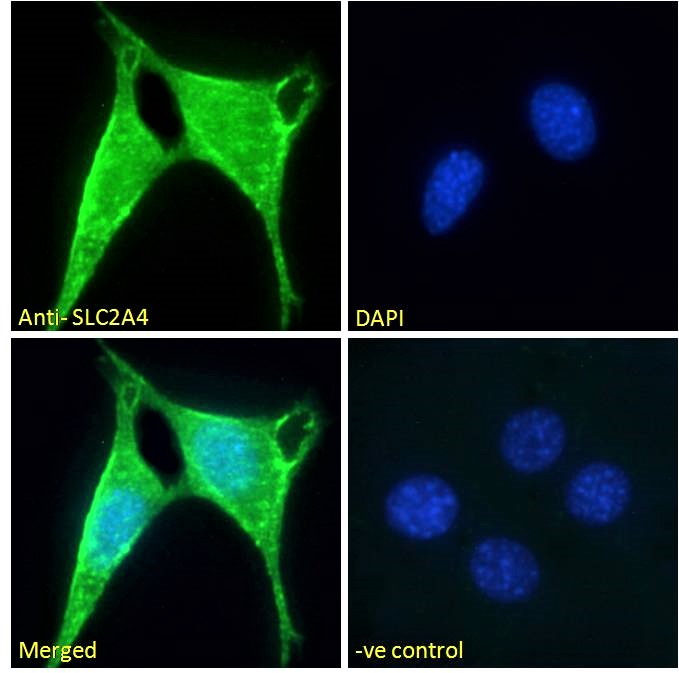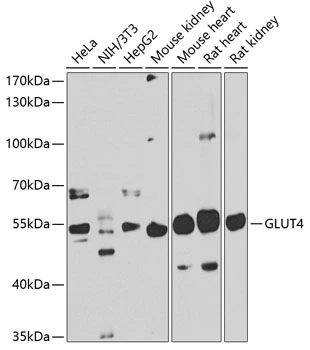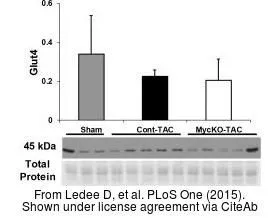
The data was published in the journal PLoS One in 2015.PMID: 26266538
GLUT4 antibody, C-term
GTX88031
ApplicationsWestern Blot, ImmunoHistoChemistry, ImmunoHistoChemistry Paraffin
Product group Antibodies
TargetSLC2A4
Overview
- SupplierGeneTex
- Product NameGLUT4 antibody, C-term
- Delivery Days Customer9
- Application Supplier NoteWB: 0.3-1microg/ml. IHC-P: 3.75microg/ml. *Optimal dilutions/concentrations should be determined by the researcher.Not tested in other applications.
- ApplicationsWestern Blot, ImmunoHistoChemistry, ImmunoHistoChemistry Paraffin
- CertificationResearch Use Only
- ClonalityPolyclonal
- Concentration0.50 mg/ml
- ConjugateUnconjugated
- Gene ID6517
- Target nameSLC2A4
- Target descriptionsolute carrier family 2 member 4
- Target synonymsGLUT4, solute carrier family 2, facilitated glucose transporter member 4, GLUT-4, glucose transporter type 4, insulin-responsive, insulin-responsive glucose transporter type 4, solute carrier family 2 (facilitated glucose transporter), member 4
- HostGoat
- IsotypeIgG
- Protein IDP14672
- Protein NameSolute carrier family 2, facilitated glucose transporter member 4
- Scientific DescriptionThis gene is a member of the solute carrier family 2 (facilitated glucose transporter) family and encodes a protein that functions as an insulin-regulated facilitative glucose transporter. In the absence of insulin, this integral membrane protein is sequestered within the cells of muscle and adipose tissue. Within minutes of insulin stimulation, the protein moves to the cell surface and begins to transport glucose across the cell membrane. Mutations in this gene have been associated with noninsulin-dependent diabetes mellitus (NIDDM). [provided by RefSeq, Jul 2008]
- Storage Instruction-20°C or -80°C,2°C to 8°C
- UNSPSC12352203
References
- Ledee D, Smith L, Bruce M, et al. c-Myc Alters Substrate Utilization and O-GlcNAc Protein Posttranslational Modifications without Altering Cardiac Function during Early Aortic Constriction. PLoS One. 2015,10(8):e0135262. doi: 10.1371/journal.pone.0135262Read this paper

